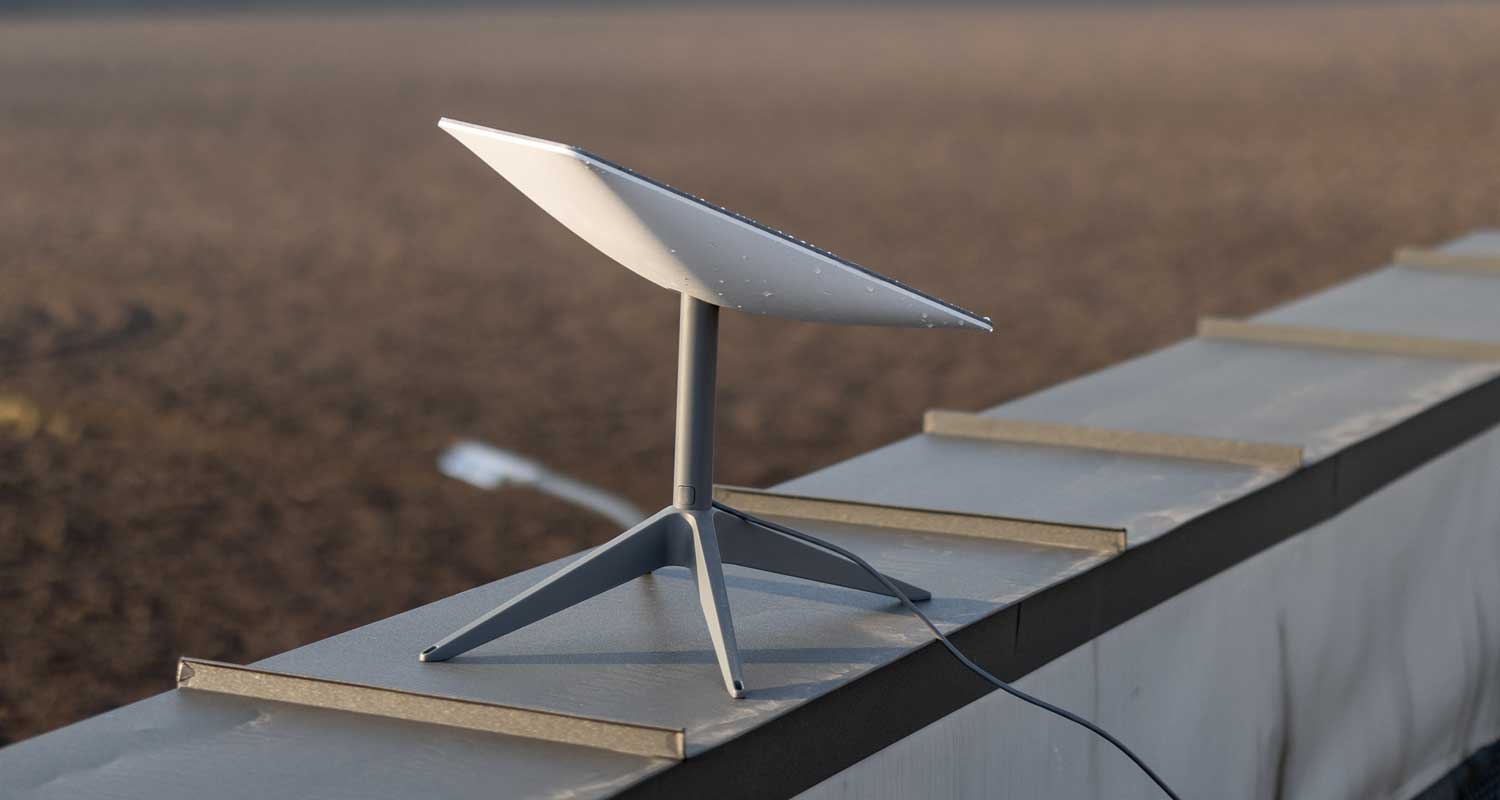
 Source: Starlink
Source: Starlink
Starlink’s high-speed internet has officially gone live in Somalia, marking the company’s entry into its 25th African market. The National Communications Authority (NCA) approved Starlink’s operational licence in April 2025, paving the way for its launch. Government officials have welcomed the development as a key step towards narrowing the country’s digital divide, as it aligns with the focus areas of the Somali National ICT Policy and Strategy (2019–2024), including the establishment of domestic digital infrastructure and facilitating access.
Starlink is set to expand internet coverage and significantly advance digital inclusion across Somalia, especially in a country where 70% of the population struggles to access broadband services. Starlink’s residential offering is priced at SOS 40,000 (USD 70) per month, with a one-time hardware cost of SOS 220,000 (USD 390). While these costs may pose a barrier to widespread adoption, particularly when compared to local telecom providers, some users may prioritise the benefits of low-latency, high-speed connectivity over affordability.
The launch of Starlink within Somalia marks a significant milestone in boosting socio-economic development, addressing the country’s digital gaps, and moving towards a sustainable digital future.
Starlink’s Expansion Across Africa
The deployment of Starlink in Somalia follows its recent launches in Chad and Lesotho earlier this year, where the company encountered comparatively fewer entry barriers than in South Africa. In contrast, the Independent Communications Authority of South Africa (ICASA) enforces the country’s Broad-Based Black Economic Empowerment (B-BBEE) framework, which requires telecommunications operators to ensure that historically disadvantaged South Africans own at least 30% of their shares. This requirement conflicts with Starlink’s global operating model, which is based on full ownership of its subsidiaries.
In a strategic bid to secure its licensing, Starlink has pledged to invest ZAR 2 billion ( USD 113 million) in South Africa, encompassing the development of numerous data centres and a commitment to provide free broadband internet to 500 schools through an additional USD 27.9 million initiative.
